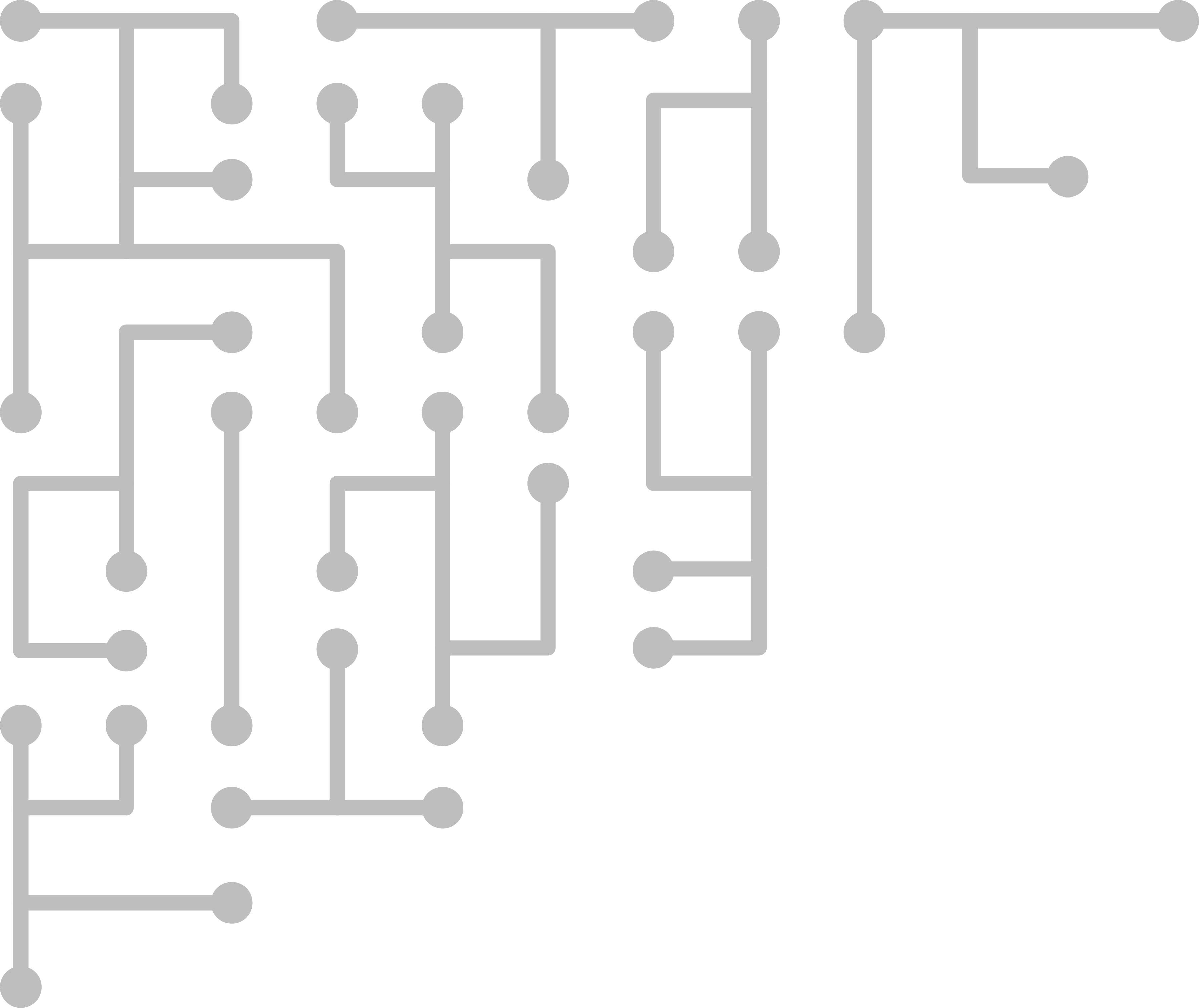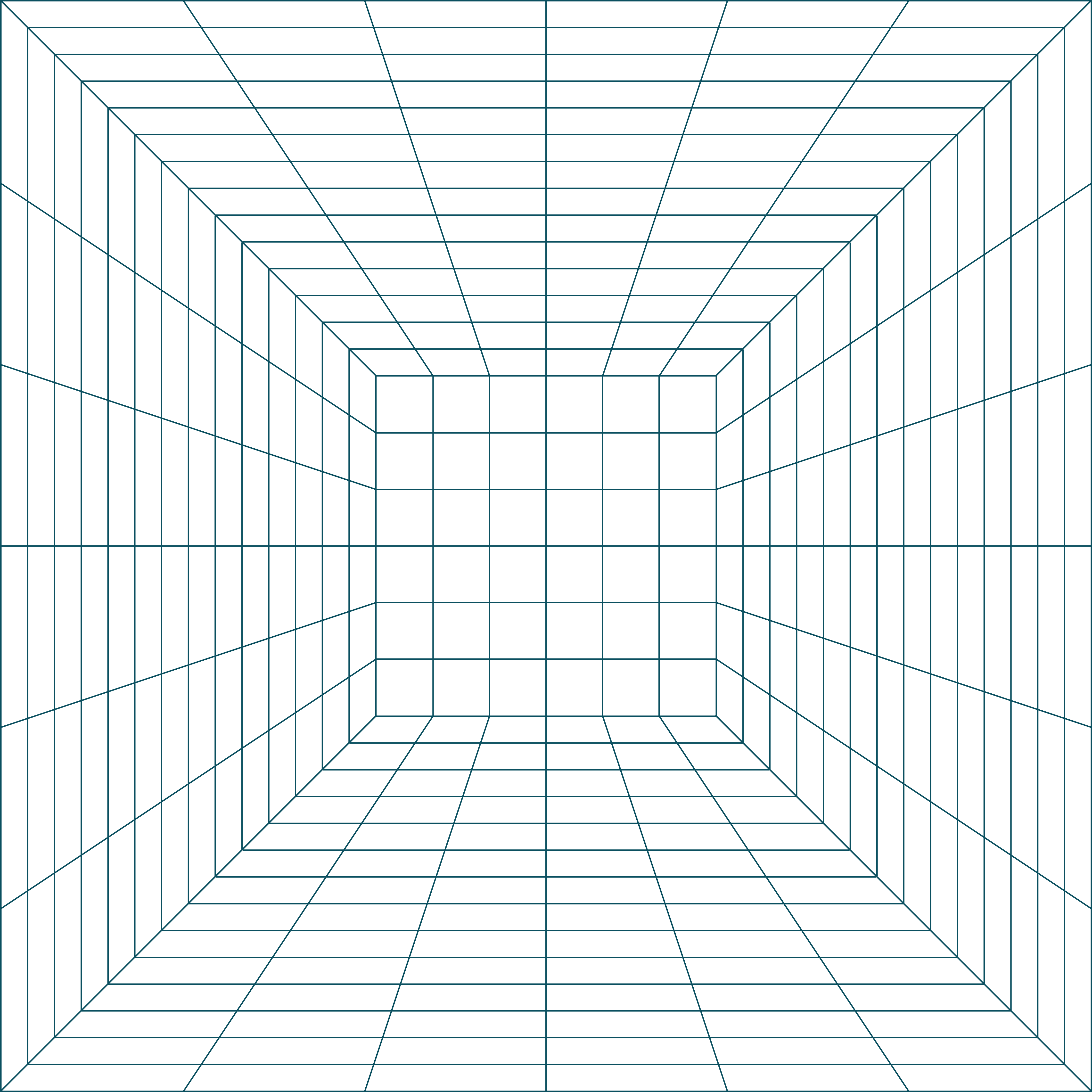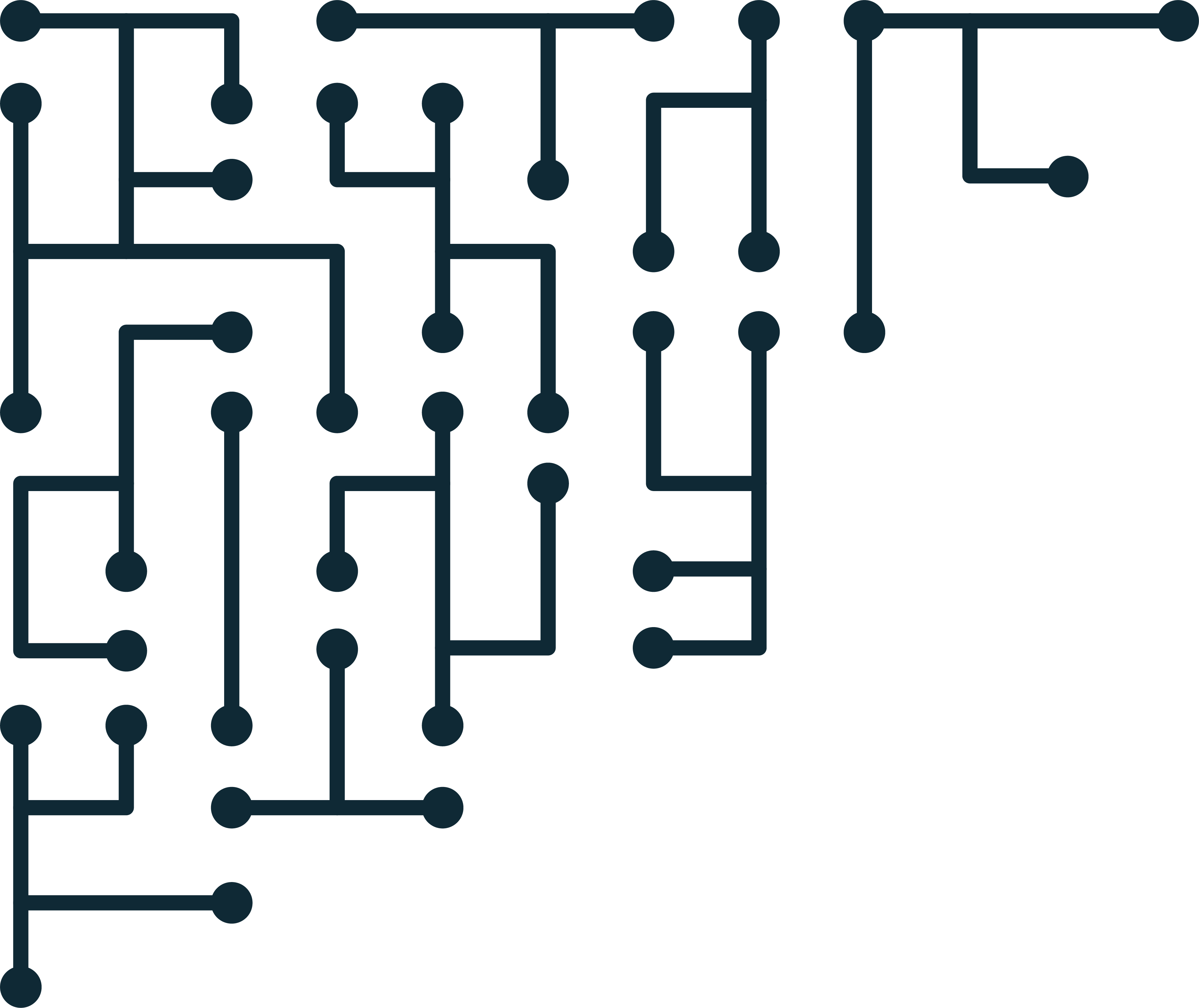Imaging Android with ADB, Root, Netcat and DD
Today we are going to acquire an android smartphone (Samsung Note II) using Android Debug Bridge (ADB), netcat and dd. The system I am using is Ubuntu linux. On the “forensic workstation” you will need ADB and netcat installed. I’m using the excellent instructions from here.
Video forensic workstation Linux:
Video forensic workstation Windows:
First, download and install ADB from the android developer website.
Next, download 2 apk files to your forensic workstation:
- KingoRoot <– tool to root the android phone
- BusyBox <– utilities to copy and send data from the phone
Note: Android rooting software is sometimes malware or repackaged with malware. Test your rooting software before using it in a case. Also, check local legislation to see if rooting can produce admissible evidence.
Once ADB is installed. Connect the android phone (while it’s on). Open a terminal / command line and run:
adb devices
You should see something like the following:
List of devices attached
4300********061 device
If you see the device as ‘unauthorized’ check the smartphone for any ‘allow connections from this computer’ warnings.
Next, we need to transfer the two android aps to the device.
adb -d install KingoRoot.apk
adb -d install BusyBox.apk
Once installed, check the phone. Find the app KinoRoot. Make sure you are connected to the Internet (unfortunately). Click “One click Root”, and wait for Kingo to root the phone.
Hopefully rooting was successful. Once finished, open the BusyBox app. Click ‘Install’ to install the busybox utilities.
Once the phone is rooted and busybox utilities are installed, we can start the acquisition. Back on the forensic workstation, let’s connect to the phone:
adb -d shell
ls /data
su
ls /data
adb -d shell connects to the phone. We use ‘ls /data’ to test if we have access to a protected directory. The first time you run it, it should fail. Next we use ‘su’ to switch the user to root. We then use ‘ls /data’ again to test if we now have access to protected directories.
Next, we need to check the partitions on the device:
cat /proc/partitions
You will likely get an output like this:
shell@t0ltelgt:/ $ cat /proc/partitions
major minor #blocks name
253 0 1048576 vnswap0
179 0 30535680 mmcblk0
179 1 4096 mmcblk0p1
179 2 4096 mmcblk0p2
179 3 20480 mmcblk0p3
179 4 4096 mmcblk0p4
179 5 4096 mmcblk0p5
179 6 4096 mmcblk0p6
179 7 8192 mmcblk0p7
179 8 8192 mmcblk0p8
179 9 8192 mmcblk0p9
179 10 90112 mmcblk0p10
179 11 262144 mmcblk0p11
179 12 1310720 mmcblk0p12
179 13 2457600 mmcblk0p13
179 14 573440 mmcblk0p14
179 15 8192 mmcblk0p15
259 0 25759744 mmcblk0p16
We are interested in the physical disk. In this case “mmcblk0”. We could also use ‘blkid’ to show the whole path. mmcblk0 is at ‘/dev/block’.
Next, we need to set out connection routing between the forensic workstation and the phone. We will forward all data from port 8888 between the phone and the workstation. On the forensic workstation run:
adb forward tcp:8888 tcp:8888
On the mobile device read the physical disk and send the data over the network (port 8888). Here we are using netcat (nc) to listen for a connection on port 8888.
dd if=/dev/block/mmcblk0 | busybox nc -l -p 8888
Now that the phone is listening for a connection, we use the forensic workstation to connect. After the connection, the data from the mobile device will be piped into a file “android.dd”.
nc 127.0.0.1 8888 > android.dd
Using the (Sleuthkit)[https://www.sleuthkit.org/] ‘mmls’ we can see the partition table of the disk image we collected:
mmls android.dd
The output should be something like the following:
GUID Partition Table (EFI)
Offset Sector: 0
Units are in 512-byte sectors
Slot Start End Length Description
000: Meta 0000000000 0000000000 0000000001 Safety Table
001: ------- 0000000000 0000008191 0000008192 Unallocated
002: Meta 0000000001 0000000001 0000000001 GPT Header
003: Meta 0000000002 0000000033 0000000032 Partition Table
004: 000 0000008192 0000016383 0000008192 BOTA0
005: 001 0000016384 0000024575 0000008192 BOTA1
006: 002 0000024576 0000065535 0000040960 EFS
007: 003 0000065536 0000073727 0000008192 m9kefs1
008: 004 0000073728 0000081919 0000008192 m9kefs2
009: 005 0000081920 0000090111 0000008192 m9kefs3
010: 006 0000090112 0000106495 0000016384 PARAM
011: 007 0000106496 0000122879 0000016384 BOOT
012: 008 0000122880 0000139263 0000016384 RECOVERY
013: 009 0000139264 0000319487 0000180224 RADIO
014: 010 0000319488 0000843775 0000524288 TOMBSTONES
015: 011 0000843776 0003465215 0002621440 CACHE
016: 012 0003465216 0008380415 0004915200 SYSTEM
017: 013 0008380416 0009527295 0001146880 HIDDEN
018: 014 0009527296 0009543679 0000016384 OTA
019: 015 0009543680 0061063167 0051519488 USERDATA
From this we can see that we have collected the physical disk.


